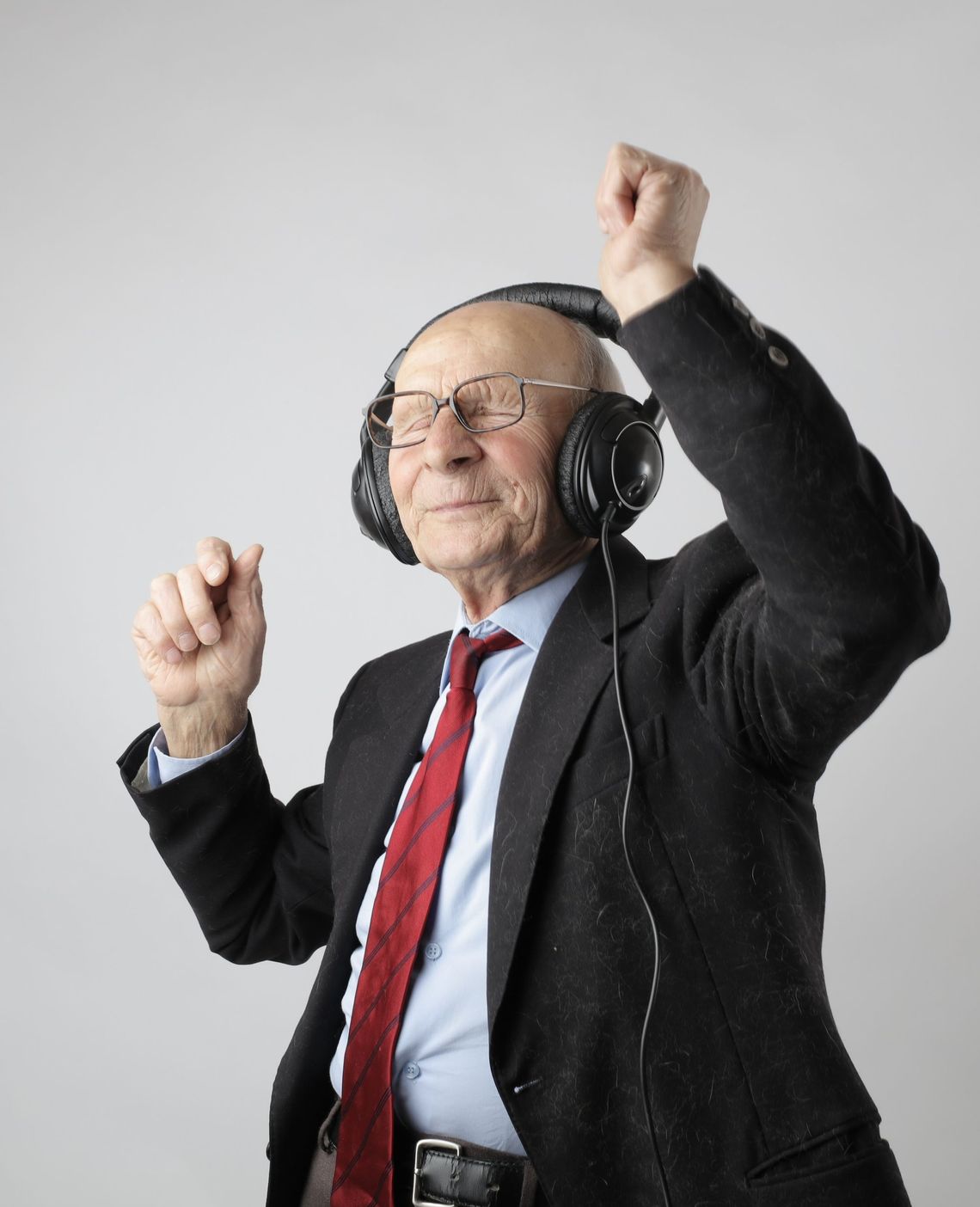Issue 14 Blue Crab Edition - Unconventional Parkinson’s and Kinesio Tape for Levator Scap Pain

Dancing and Swimming for PD Work Pretty Well
The Gist - This new review from the Journal of Clinical Medicine looks at the data behind unconventional approaches to PD treatment to see what extra gains we can get by using dance or aquatic therapy to treat this disease. The researchers dug through dozens of studies and eventually came up with 11 well-qualified RCTs from the last 8 years. They analyzed the effectiveness of standard PT, Aquatic Therapy, and Dance Therapy to see how they changed motor function, balance, balance confidence, fall-related self-efficacy, and quality of life. There was significant heterogeneity in the studies, but not so much that analysis didn’t show results.
Relative to the other two, dance therapy showed the best effects on balance, while aquatic therapy did not show conclusive improvements in balance, fall-related self-efficacy, or quality of life over conventional therapy. However, it did lead to balance confidence improvements when compared to standard PT (gait education, mobility, stretching, etc). Overall, definitely conventionalize, dance if you can, and maybe swim, if it’s available.
Tell Me More - The biggest callouts from the paper were the lack of long-term data on any of these interventions, including (surprisingly) conventional physical therapy. The researchers also point out that dance therapy doesn’t have to be “dancing”, rhythmic exercise of multiple types appears to be effective. This includes stepping activity to a beat or other similar exercises could be fairly easy to implement in a clinical scenario. Other studies have shown that even cleaning house to music can assist Parkinson’s sufferers. Consider adding something like that to a treatment plan, since the data seems to back it up.
Though aquatic therapy was not significantly better than conventional therapy, it is still effective and, according to the study, could be considered for adding variety to a PT program. There are also a few, remarkably specific outcomes from aquatic therapy, such as a reduction in fear of falling during exercise and an increase in step height during normal gait. These come from an interesting review about aquatic therapy in MS, PD, and hemiplegia. It can be found here and will be covered in a future Crab.
But where’s this paper? It can be found here.
K Tape vs. and with Postural Correction Exercises for Levator Scap Pain and Mechanical Dysfunction
The Gist - No snappy titles here, we’re straight into the data. Researchers wanted to see if K taping and/or postural correction exercises could improve neck pain and mechanical neck dysfunction and yes, they could! Yay! In this blinded RCT (yay for good science!) 91 patients were split into three groups, one for KT, one for PCE, and one for both (no control group 🙁) and checked for pain and levator scap overuse (via EMG). The study showed that the taping and postural exercises together were significantly better than either alone, reducing pain by an average of 4 points compared to the solo intervention’s reductions of 3 and 2.7.
Tell Me More - But how did they apply the tape? You may ask. Well, that’s tough to write out, but I’ll give you the author’s description, and there’s a photo in the actual paper if you want to see.
An inhibitory application technique was used. After exposing, shaving, and cleaning the taped part, the first layer of the tape was cut with a length equal to the distance from the T1-T2 spinous process to occiput into a Y-shape strip, keeping a base of 3 cm, and the edges were rounded.
Its base was applied on the T1-T2 spinous process without any tension. Then, each tail was applied over the posterior cervical extensor muscles in caudal-cephalic direction with a paper-off tension while the patient’s neck was in a position of maximum available cervical contralateral side bending and rotation. The paper-off tension tape is manufactured and applied to its paper backing with approximately 15% to 25% stretch. The ends were applied without any tension on upper cervical region C1-2.
The overlying I strip was an opened tape around 10 cm in length with rounded edges. It was applied perpendicular to the first one over the mid-cervical region (C3-C6), with moderate tension at the middle part and without any tension at the end, while the patient’s cervical spine was in the maximum available flexion to apply tension to the posterior neck structures (Fig 1). Finally, the applied Y and I strips were wrapped by the therapist’s !fingers for 20 seconds. The tape was replaced every 4 days.
That was a lot of words. Maybe go look at the photo. The exercises were cervical retraction and scapular retraction, and the patients were given advice on how to use computers and whatnot correctly at home as well.
They also did lots of EMG studies and there’s a ton of data, but if you want that, you’ll have to check out the paper. That taping stuff took a lot of space.
I Love EMG! Where’s the paper? The full text is here on ResearchGate.
